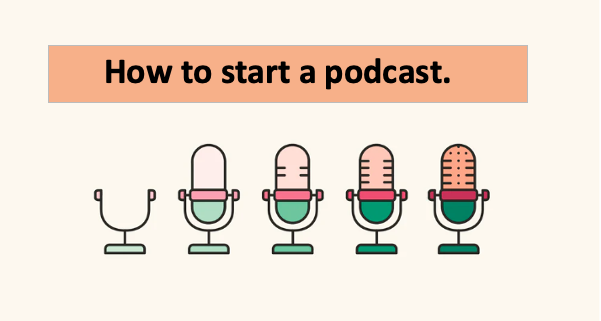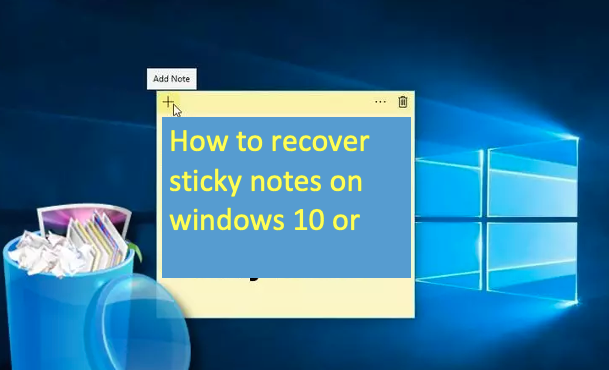How to start a podcast.
How to start a podcast can be stressing.Apart from selecting the best podcast hosting site, there are other things you need to know.Podcasts are important tools that help you reach your target audience and prospective customers.
How to start a podcast.
- Develop a podcast concept
When you want to start a podcast, you need a concept that can attract and make
your listeners committed to your show. You must define your goals and establish right from the outset why exactly you want to start that podcast.Podcasting can be of immense benefit to brands and businesses.
After establishing that, you should now pick a podcast theme. You should narrow down your ideas and research to find out about the competition in your niche.
You should then make it specific. When a podcast appeals to a specific audience, it tends to reach a wider view. Niche podcasts do better than generic podcasts because niche podcasts focus on specific content that attracts a category of viewers. You also stand a greater chance of being recommended by friends.
After this, you need to name your podcast. You should put in mind that the name of the podcast makes a strong first impression on listeners. The podcast name should be specific, memorable, and resonate with your business name or brand.
Once you are done with these, you can try to establish if the social accounts and domains are available.
- Choose the format you want to use
You now need to decide on the crucial things that would help you connect to your podcast guests. You should decide whether you want to handle the show by yourself or you want to co-host. If you want to co-host, you should make sure the number is small.
Different types of podcasts have different formats but what’s important is to ensure that the length of your podcast does not exceed the limitations.
The frequency of publishing the podcast also matters but more focus should be put on the consistency of the publications.
- Set up the equipment
You must have a reliable but basic setup that will enable you to publish your podcast error-free. A mic that enhances your audio quality and makes editing easier should be a priority.
Quality microphones produce less background noise in your recording and this culminates in less editing at the backend.
- Choose your podcast software
After recording your podcast, the focus now turns to edit. By editing, you make your podcast presentable by making sure the audio is optimized. Podcast editing software is available either for free or in premium form. Zoom and Square cast can assist in the field.
If you do remote interviews, you’ll need software specifically for such long-distance recording.
- Record your first episode
Recording an episode requires a little preparation on the front end. You should have a podcast outline. You can take a few minutes to jot down a script or outline that has bullet points. This helps you avoid rambling.
You then move to pick a place that is quiet but with things such as furniture to help the sound to be absorbed so that it doesn’t bounce off as an echo.
You can now connect your mic to a computer or audio recording device in the most appropriate way and begin recording.
You can try from different angles to try and find out which one brings out desirable qualities.
- Edit your audio
You can now edit what you have recorded by making basic changes in the structure using audio editing software. You should make sure your introduction is booming and engaging. It’s your introduction that makes your listeners decide whether they will listen to the end or not.
You can now work on the noise issues in later episodes. On your first podcast, you should focus on if the content was right.
You can now use any form that is recommended by the podcast hosting service that you are using to export your podcast as a file after editing.
- Create podcast artwork
The podcast cover art comes out as the first thing that the listeners see when they encounter your podcast. To make sure your podcast artwork stands out, you need to do the following:
*Communicate the subject of the podcast -potential customers or listeners should know the content of your podcast by looking at your artwork. You should not be ambiguous or use too many symbols so as not to be understood.
*Don’t use too many words or fonts-you should use less than four legible words. You are also advised to use visible fonts.
Avoid podcast imagery-ensure that your artwork does not have your podcast equipment as part of it. It’s already known what you are dealing with and you don’t have to portray it in your artwork.
Be consistent -you can make changes here and there to fit various layouts and pages but your overall artwork should be consistent.
- Get listed
Getting listed in the top podcast directories is a pivotal part of your marketing strategy. Most listeners are bound to get to you through the top three podcast directories of Apple Podcasts, Google Podcasts, and Spotify. But you can manually submit your podcast RSS feed to Google and it will be activated.
Aside from the three major directories, you can also submit your podcast to smaller directories to further broaden your reach. These include Podcast Index, Amazon Music, and Stitches among others.
- Launch and grow your show
Launching your show has two options:
Grand opening-this is when you hype your show before it’s launched. It is mostly used by people who already have a following. You set a date and use other means to advertise the launch of your podcast.
Soft opening-this is a more solemn method. In this method, you publish episodes as if people are listening and then wait on the promotion. If you see that it has succeeded in that environment, you can then opt to promote it more confidently.
SUMMARY.
Having a podcast is a sure way of bringing clients to your business. It all depends on how your podcast communicates the message to your prospective customers.You should focus on your introduction and talk about the content in a way that is appealing to the listeners.
That way, you get to engage them to the end and make them think from your point of view on what you are talking about.







